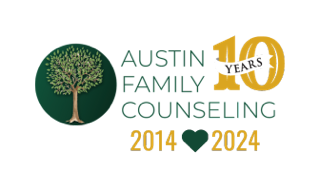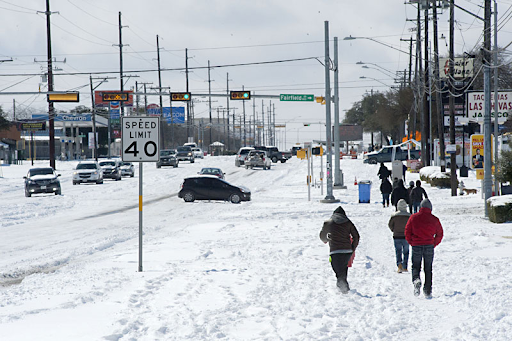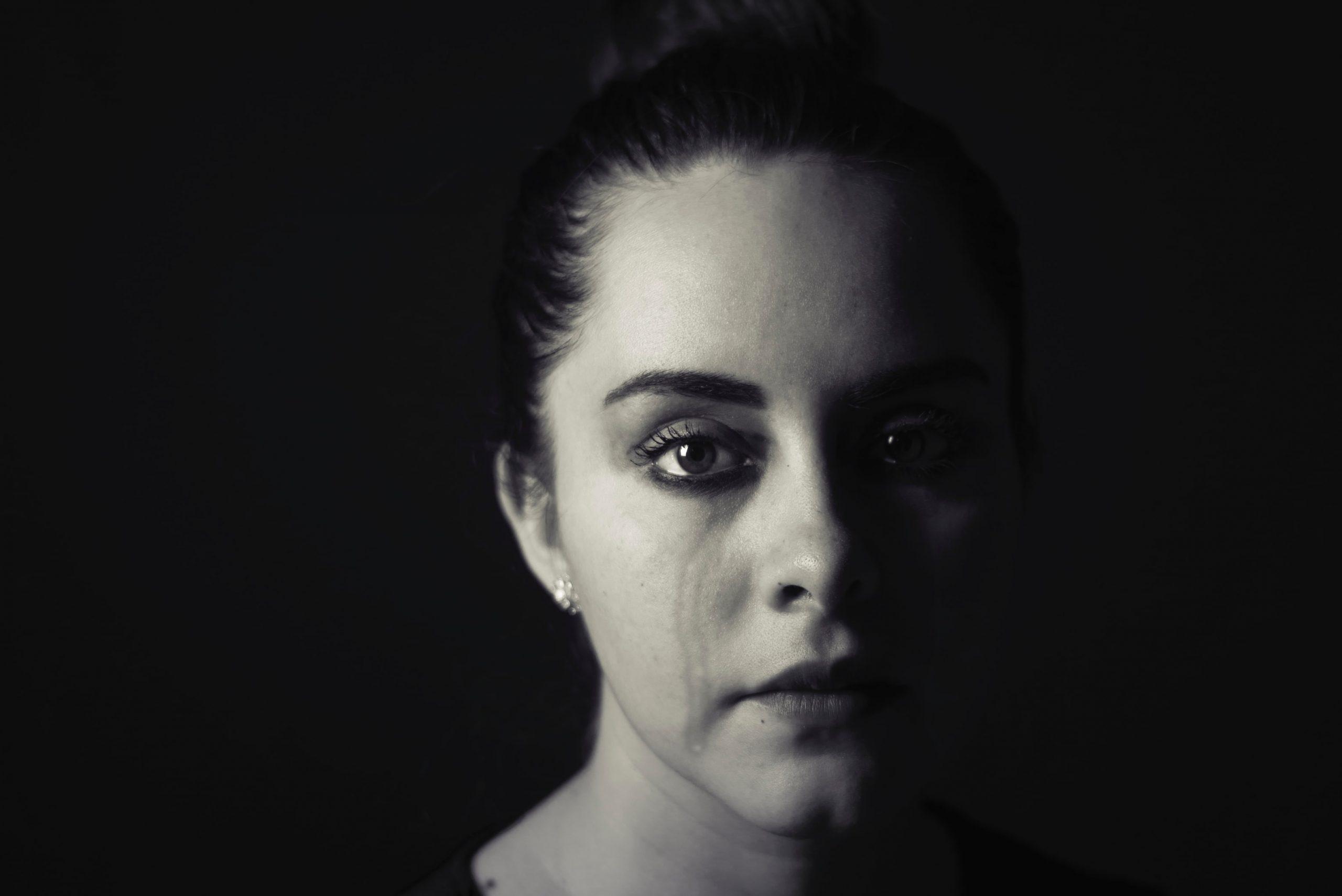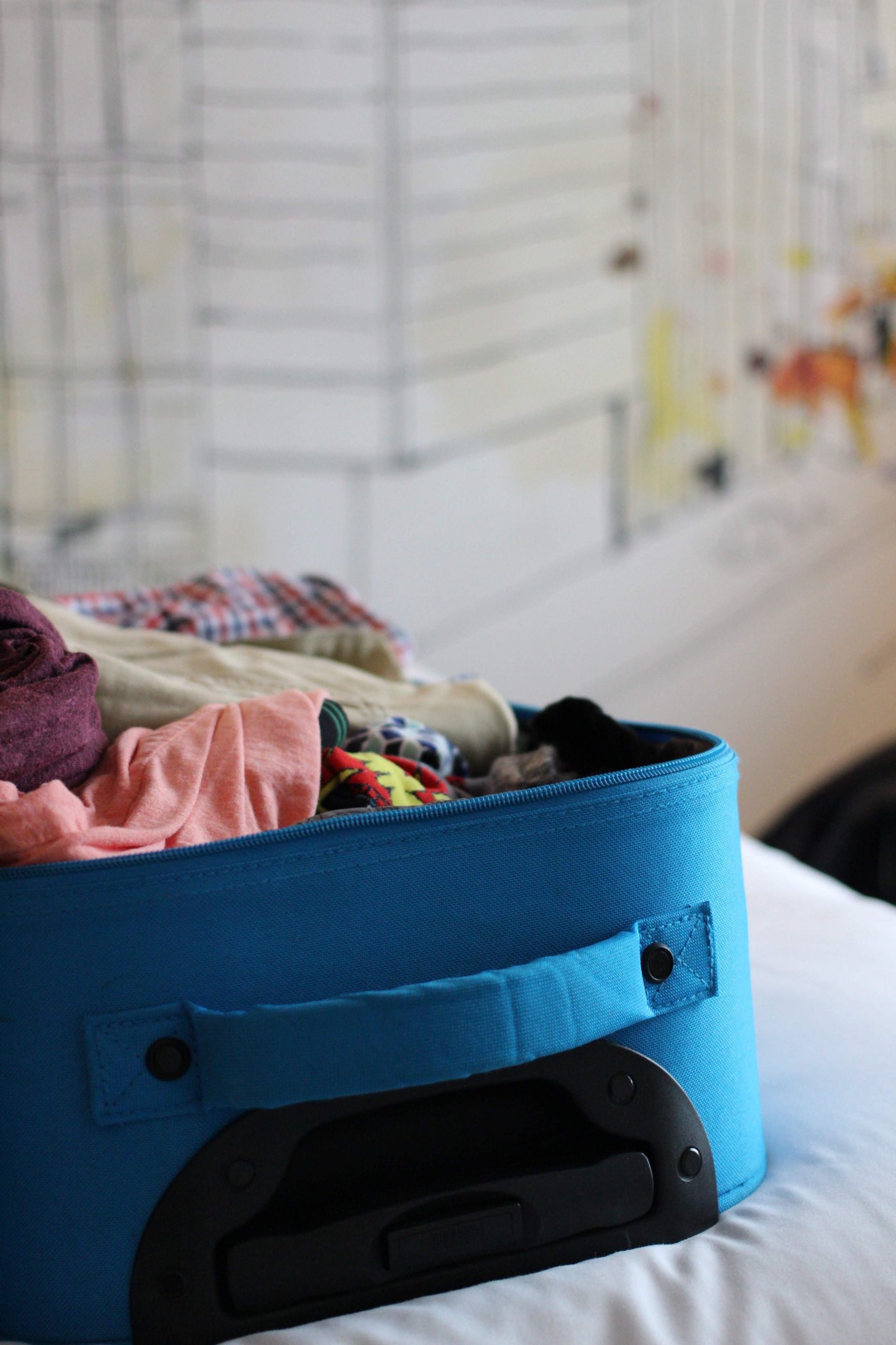Let’s start with a few sobering facts about dementia and Alzheimer’s disease:
— As I type these words, there are currently 5.1 million Americans living with dementia and 60-70% of those individuals have Alzheimer’s (the most common cause of dementia).
— Every 67 seconds, someone new develops the disease–and that’s just in our own country.
— By 2025 (that’s just ten years from now!), the overall number of Americans living with the disease is expected to jump 40%, to 7.1 million. By 2050, perhaps around the time you or someone you love turns 65, that number is projected to be nearly 14 million.
— For unknown reasons, two-thirds of these people are women.
— Alzheimer’s is the sixth leading cause of death in the United States, and it is also the ONLY cause of death in the top 10 that cannot be prevented, slowed or cured.
If you have a brain, you are at risk of developing the disease.
If anybody you love has a brain, you run an even higher risk of becoming a caregiver.
So here’s where the rubber hits the road. A couple of stats from caregiver.org:
— Up to 70% of family caregivers have clinically significant symptoms of depression, and up to half of those caregivers meet the diagnostic criteria for major depression.
— Caring for persons with dementia reportedly impacts a person’s immune system for up to 3 years after their caregiving experience ends, thus increasing their chances of developing a chronic illness themselves.
Caregiving for someone diagnosed with dementia takes a significant toll, physically, mentally and emotionally. This is the first in a series written about the world of dementia caregiving, and ways that caregivers can cope with a variety of common issues, from the practical to the emotional to the existential. Though I will be focusing on dementia, primarily Alzheimer’s, much of this is applicable for caregivers for any chronic illness. The term caregiver certainly applies to those individuals living in the home and helping to provide ongoing daily care of their loved one (typically spouses or adult children), but it also refers to other family members and friends who spend time and energy invested in the health and well-being of the care receiver.
ACUTE vs. CHRONIC
Acute illnesses are short-term, with available cures. Caregivers and families typically operate in a world of certainty, knowing their loved one’s health will ultimately improve. Chronic illnesses, like Alzheimer’s disease, offer no cures. They are long-term, and are marked by unpredictability and a future negotiating change.
CHANGE vs. TRANSITION
Generally speaking, there are three broad stages that all Alzheimer’s patients and their families go through: early, middle and late. Each stage brings its own set of changes and transitions, varying between periods of encountering new symptoms, behaviors and emotions, and adjusting to the “new normal.” Though much of the journey of caregiving involves components you can’t control, it is crucial to discover and focus on those parts you CAN control:
Change is external and generally involves things you CANNOT control, such as:
— Roles
— Situations
— Abilities
— Care needs
— Events
Transition is internal, and generally involves things you CAN control, such as:
— Emotions/feelings
— Thoughts/cognitions
— Attitudes
— Learning
— Acceptance
Future blogs will address how to transition well, and will offer practical solutions the changes that your family encounters. Ultimately, the goal of the Caring for the Caregiver blog series is to learn how to better take care of YOU. By making yourself a priority, you will ultimately be able to better care for your loved one. Like the flight attendants tell us, we must first put the oxygen masks on ourselves before helping to put the oxygen masks on those we care for.












